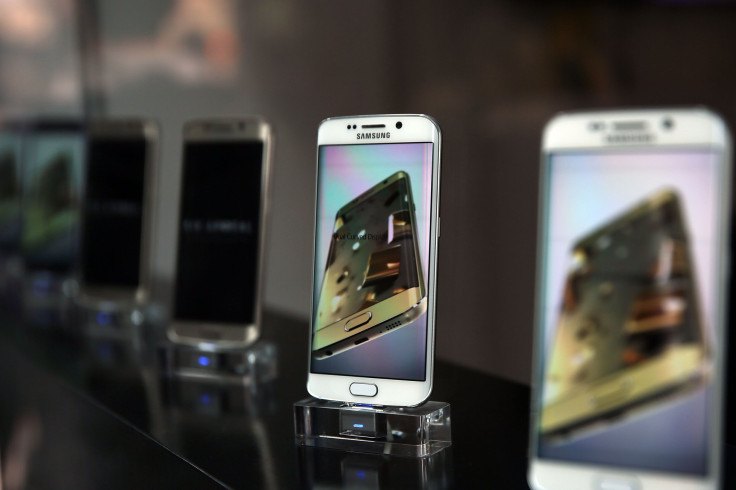Samsung Galaxy S6 Is Getting Crushed By iPhone And Samsung's Own Galaxy S6 Edge

Samsung Electronics can’t catch a break. Its profits are falling, competition is increasing and it can’t sell what was once its flagship mobile phone: the Galaxy S6. The South Korean smartphone giant is in part to blame for that by releasing three competing products within a year: the Note 4, the Galaxy S6 Edge and most recently the Galaxy S6 Active.
The Note 4 covers its phablet users, the S6 Edge brings a unique screen to the table and the Galaxy S6 Active is there to appeal to the outdoorsy types -- or those that are prone to dropping their phones into the drink. And it's not going to get any easier for the S6 once Samsung introduces the larger S6+ and Note 5 later this year, leaving little room for the smartphone to wrangle up more sales.
It's even worse for consumers increasingly inured to incremental features like the better camera and high-end construction, things now ubiquitous in the smartphone world.
Samsung had initially anticipated the Galaxy S6 to sell against the Galaxy S6 Edge at ratio of 4:1, according to the Wall Street Journal. But demand was closer to 1:1. That left it with an oversupply of S6 devices, while some carriers shifted their orders to get more of the S6 Edge, according to Reuters.
European Allure
This was less of an issue in the U.S., where the Galaxy S6 was the third best-selling smartphone in the three months ending in May, after Apple’s iPhone 6 and the Galaxy S5, according to Kantar Worldpanel ComTech.
But in fashion-conscious Europe, Kantar found the S6 Edge and its curved screen was more popular than its flat screened sibling. That may be due in part to the unique design of the Edge, which uses a curved screen to display notifications, news and a nighttime clock.
While the Galaxy S6 also came with design changes in the form of a glass and metal body for a “premium” look and feel, there wasn't much else it offered to stand out from a crowded smartphone market filled with the likes of Apple, Xiaomi, Huawei and Lenovo.
Lack Of Differentiation
“The camera [of the S6] is better and the UI has been cleaned up,” said Carolina Milanesi, chief of research for Kantar WorldPanel ComTech. “But those things are harder to sell. While the S6 looks nice and feels like a quality high-end product, [the physical features] might not set it apart too much from other products on the shelf.” But with the Edge, the difference is more readily noticeable.
The differentiation factor is what allowed Samsung to gain ground with the S3 and the S4 in their heyday. The unique feature -- a larger screen -- set them apart from a market where 3.5-inch and 4-inch phones such as the iPhone 5 were the dominant form factor. Other Android smartphone manufacturers quickly followed in their footsteps. And Apple joined in as well with the iPhone 6 in 2014, even after running an ad campaign for the iPhone 5, which took subtle jabs at the Galaxy’s larger screen.
Suffering Profits
Samsung lowered investor expectations Tuesday ahead of its full earnings report expected at the end of July. The earnings forecast placed profits at 6.9 trillion won ($6.1 billion), below analyst expectations of 7.2 trillion won ($6.4 billion) and down 4 percent from the same period last year. Sales are expected to decline 8 percent year-on-year to 48 trillion won ($42.3 billion), also below estimates of 52.8 trillion won.
The revised forecast comes after Samsung suffered massive profits shortfalls in 2014 as Apple and Xiaomi ate away at its smartphone market share in China. The expected drop in profits will also make this the seventh consecutive quarter of declining profits for the company.
Samsung smartphone shipments could be anywhere between 71 million and 76 million, with the S6 models accounting for 20 percent, according to analysts’ estimates cited by the Wall Street Journal. In comparison, Samsung sold 74.5 million units in the same period last year, according to Strategy Analytics.
© Copyright IBTimes 2024. All rights reserved.




















